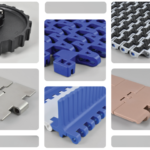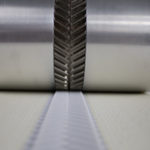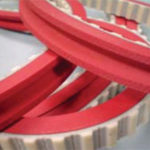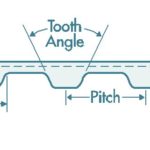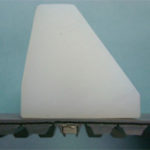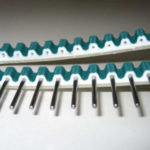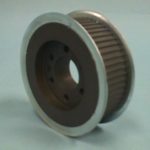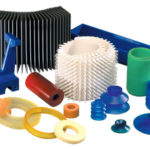Globax news
Blog
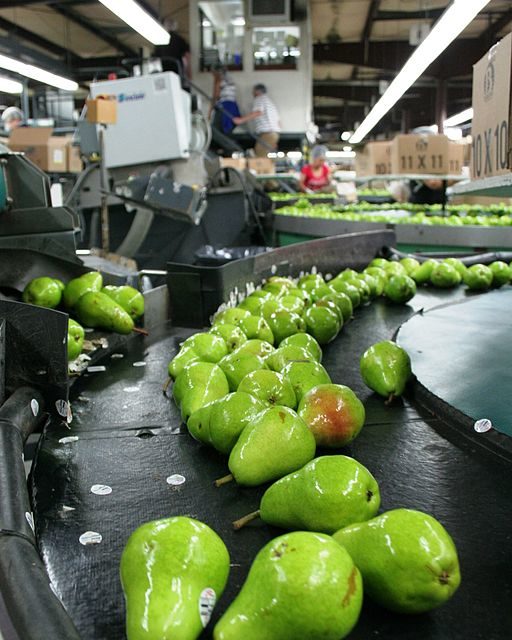
Conveyor Belts And Food Processing Equipment
The first conveyor belts were hand-cranked and made of wood, but today’s conveyor belts are electronic and include features like zero-pressure accumulation, enhanced safety guards and powerful motors that can move everything from people to vehicles.
While the auto industry is one of the best examples of the use of conveyor belting to move parts along an assembly line, the food processing industry also makes use of conveyor belts. These machines factor heavily into the array of food processing equipment used in factory farming, packaging facilities and food shipping companies.
Key Features Of Food Conveyor Belts
Industrial food processing requires that massive numbers of food items move at a consistent and predictable rate. If a conveyor belt moves too quickly or too slowly, items can begin to bump into one another, eventually leading to a bottleneck.
This accumulation is one of the largest challenges to overcome in the design of conveyor belts, but modern software and scanning equipment allow items to be spaced at the correct intervals to avoid accumulation.
Scanning equipment not only prevents accumulation but can also target items for rejection. Using spacial mapping software, artificial intelligence programs can examine each item of food as it passes along a conveyor. This can often be done at a much faster rate than can be achieved by human eyes, making these systems more efficient and often more effective.
If an item is targeted for rejection due to not meeting quality control standards, the scanning system automatically flags the item for removal further down the conveyor line.
In some cases, conveyor belts need to pass uncooked food through extreme heat in order to cook food items at a certain temperature. This is often the case for frozen prepared meals that are cooked in a facility on a conveyor that passes through a series of ovens or under heating elements. The items are then flash frozen prior to packaging.
If a belt’s material is not designed to stand up to extreme temperatures and temperature fluctuations, the belt can become damaged and lead to malfunction.
Safety, Cleanliness, And Functionality In Food Processing Machinery
Conveyor belts for food processing facilities also need to be engineered with hygiene in mind. Because so many pieces of sometimes raw or partially cooked food items pass along conveyor systems at food processing facilities, contamination from human or other sources can spread to large numbers of packaged consumables.
To remedy this, conveyor belt systems are designed to take advantag
Read more: Conveyor Belts And Food Processing Equipment
